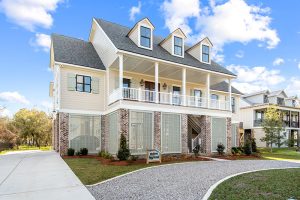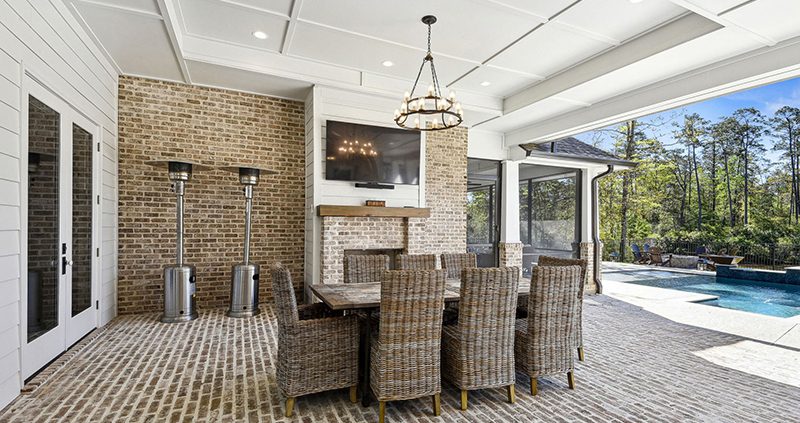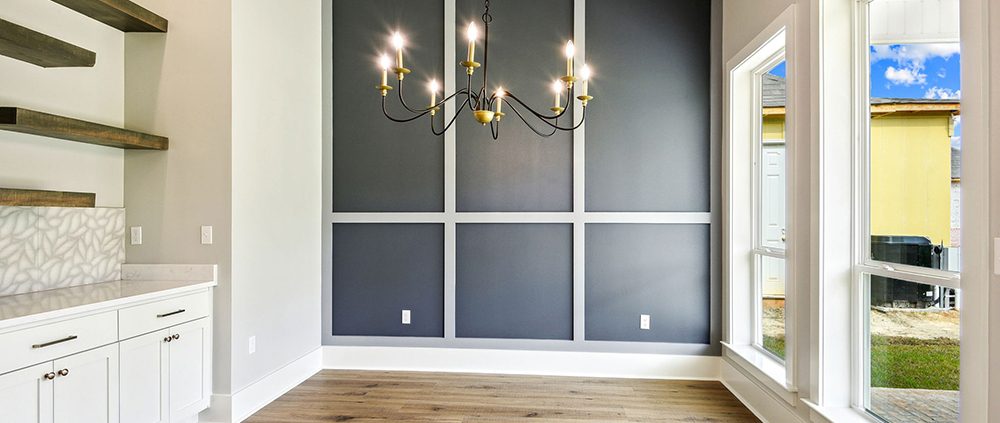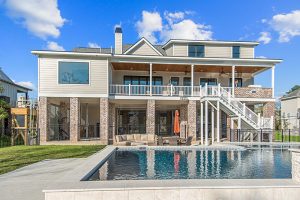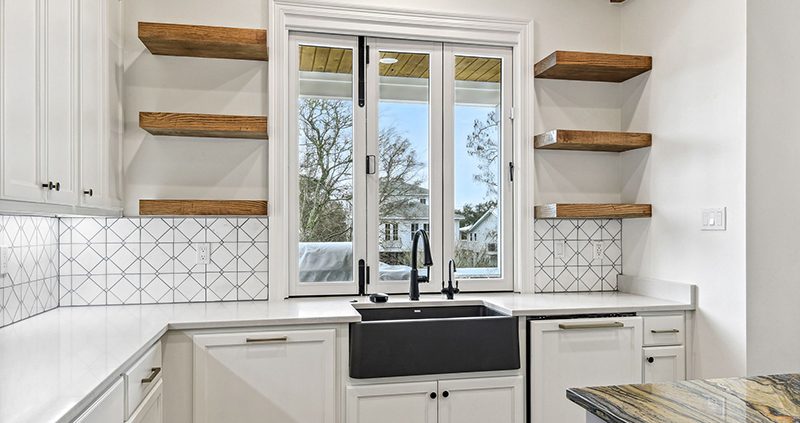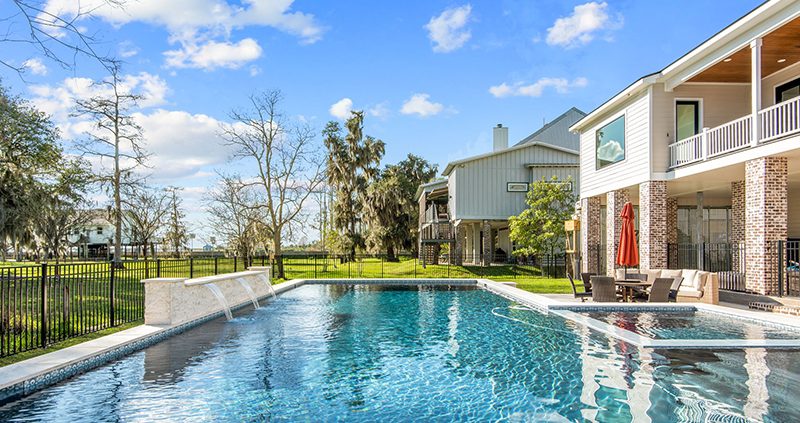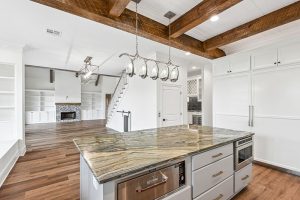Homeownership plays a crucial role in a household’s accumulation of wealth. This article delves into the impact of owning versus renting by examining the balance sheets of homeowner and renter households across assets, debt, and net worth.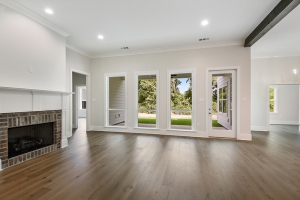
Households that own a primary residence build equity, while renters do not. In the third quarter of 2023, CoreLogic’s homeowner report revealed that U.S. homeowners with mortgages saw their equity increase by a total of $1.1 trillion, a 6.8% gain from the same period in 2022. Homeowners typically own additional assets beyond their primary residence.
In contrast, renters miss out on wealth accumulation from home price appreciation and mortgage paydown. Additionally, renters generally own fewer assets in aggregate compared to homeowners.
The wealth gap between homeowners and renters is influenced by both home equity and other asset ownership. Most households will experience periods as both renters and homeowners. According to prior NAHB analysis, about 9 out of 10 households will own a home at some point in their lives, highlighting the rental market’s role in the journey to homeownership.
In 2022, while nearly every family owned some assets, homeowners owned the majority. The Survey of Consumer Finances (SCF) shows that households owning a primary residence also tend to own other significant assets, such as additional real estate, vehicles, business interests, stocks, bonds, and retirement accounts.
Renters, on the other hand, own far fewer assets. For example, homeowners collectively owned 16 times more stocks and bonds and 15 times more business interests and retirement accounts than renters.
The median values of assets, debt, and net worth for homeowners and renters, broken down by age categories in 2022, reveal that homeownership and housing wealth are strongly age-associated. The median value of the primary residence increases for homeowners aged 35 to 54 and then declines slightly for those aged 55 and above. Similarly, the median value of homeowners’ other financial assets rises with age, while retirement account values peak for those aged 45 to 54.
Although the median values of business interests, other non-financial assets, and stocks and bonds among homeowners were zero for fewer than half of homeowners at any age, the value of these assets increased across age categories for those who owned them.
For renters, more than half owned some financial assets, but these did not accumulate with age. Notably, fewer than half of renters owned retirement accounts, additional real estate, other non-financial assets, or business interests at any age. Financial and non-financial asset values for renters aged 65 or older were nearly half the median value of those under 35.
Regarding debt, the primary home mortgage is the largest liability for homeowners. However, the median value of mortgage debt decreases between the ages of 35 and 64, with more than half of homeowners over 65 being mortgage-free and debt-free in other major categories.
For renters, credit card and installment debt are the largest liabilities. The median value of this debt declines between the ages of 35 and 64 and is zero for renters aged 65 or older.
Net worth, defined as the difference between assets and liabilities, is significantly higher for homeowners. In 2022, homeowners had a median net worth of $396,000, while renters had a median net worth of just $10,400. The primary residence equity is the largest component of homeowners’ net worth, whereas for renters, non-primary residence equity forms a larger portion, reflecting other accumulated assets.
Across all age groups, the median primary residence equity for homeowners increases, primarily due to lower mortgage debt rather than higher home values. In 2022, homeowners’ median net worth was approximately 38 times that of renters. Excluding primary residence equity, homeowners’ median non-residence equity was still 15 times that of renters.




